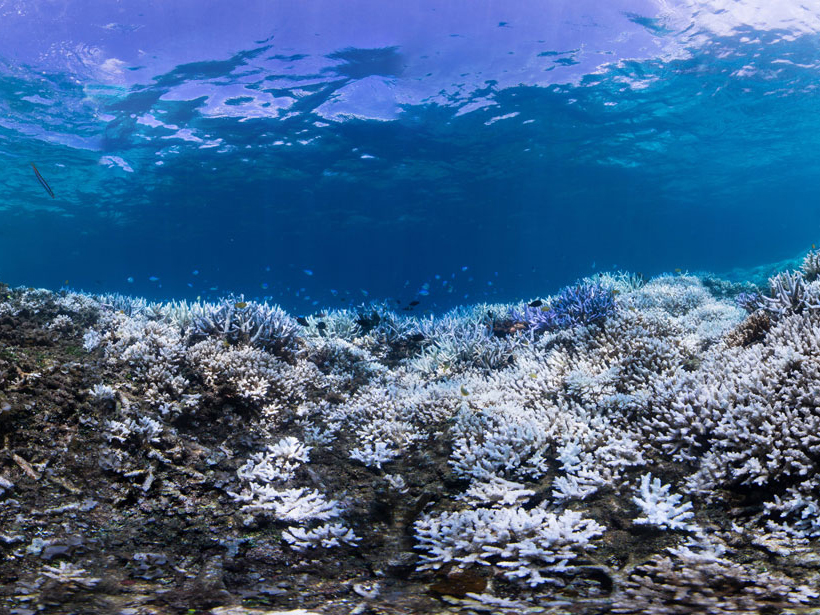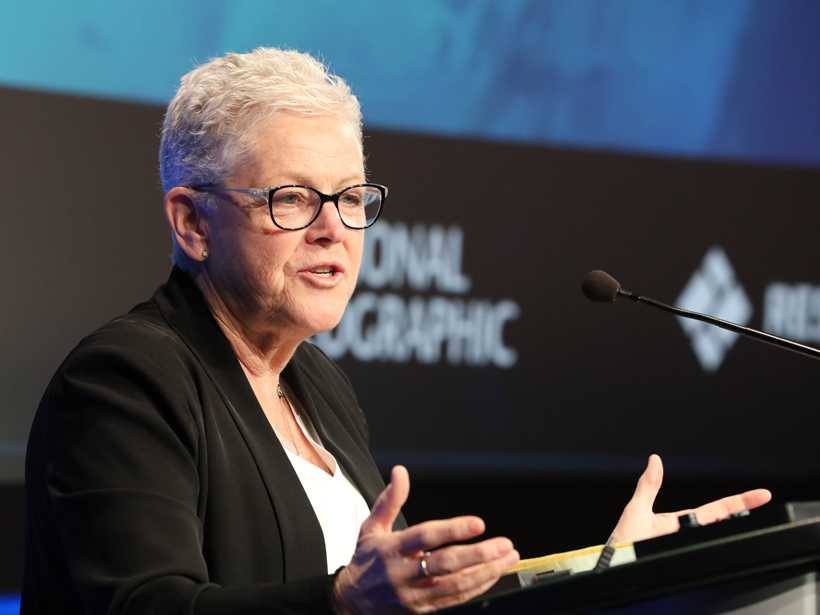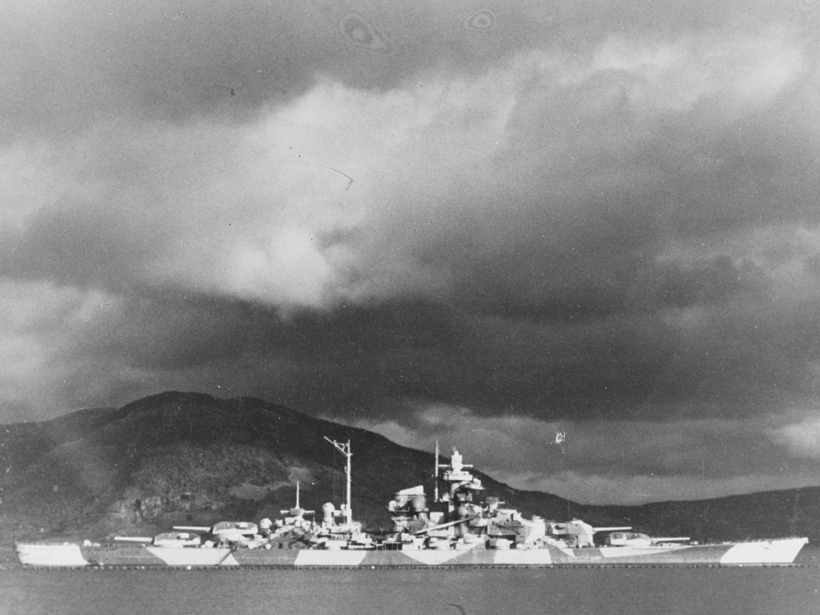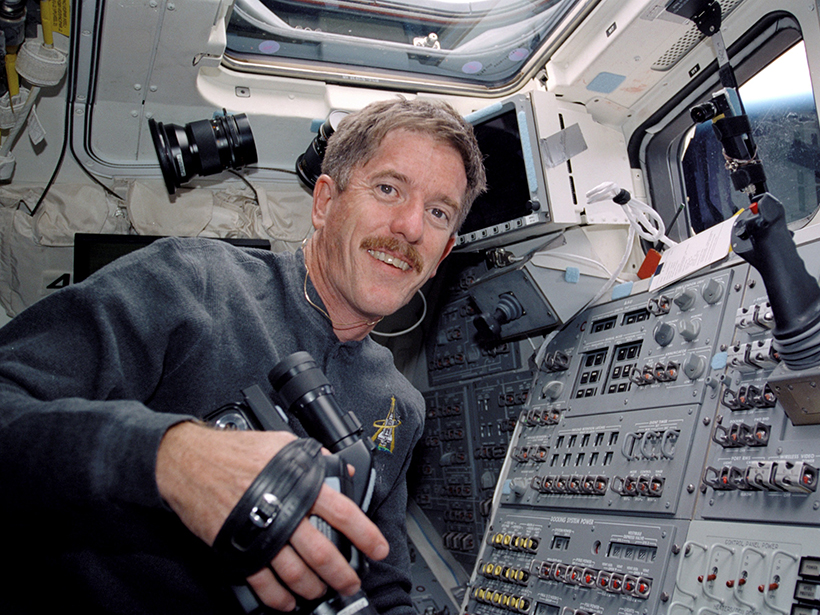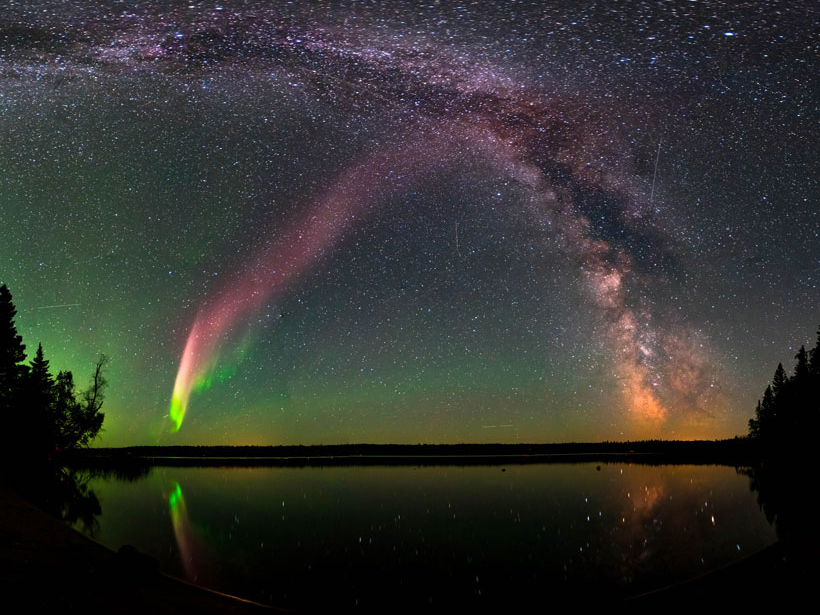From chemical puns and censorship to the spectrum of awesome and a touch of magic, signs at this year’s events showcased the science marchers’ creativity and passion…and a bit of humor.
News
Scientists Examine Novel Options to Save Coral Reefs
Warming events prompt scientists to look at ecological, genetic, and engineering interventions.
Thousands Take to the Hill to March for Science
Protestors in the U.S. capital echoed pleas from last year, calling for greater appreciation of and support for science, less political interference, and increased diversity in scientific pursuits.
Playing Their Way into the Geosciences
Childhood recreational experiences help explain gender disparity and other differences in undergraduate students’ spatial abilities, researchers found.
Former EPA Chief Decries Attacks on Science
Gina McCarthy also expresses concern about the current state of the agency.
Tree Rings Tell a Tale of Wartime Privations
In occupied Norway during World War II, the German navy deployed thick chemical fog to protect a precious battleship. The effects are still detectable in trees.
James Reilly to Take the Helm at USGS
He said that scientific integrity would be one of his highest priorities if he were to lead the agency.
Reversing Earth’s Spin Moves Deserts, Reshapes Ocean Currents
A climate model with reversed rotation of Earth helps climatologists and oceanographers understand why our planet is the way it is and reveals how different it could have been.
History of Mars’s Water, Seen Through the Lens of Gale Crater
Research uncovers more of Mars’s past, when flowing water may have been transient before eventually disappearing.
An Aurora of a Different Color
Meet STEVE, a purple and green, low-latitude, aurora-like phenomenon whose inner workings were uncovered with the help of citizen scientists.


